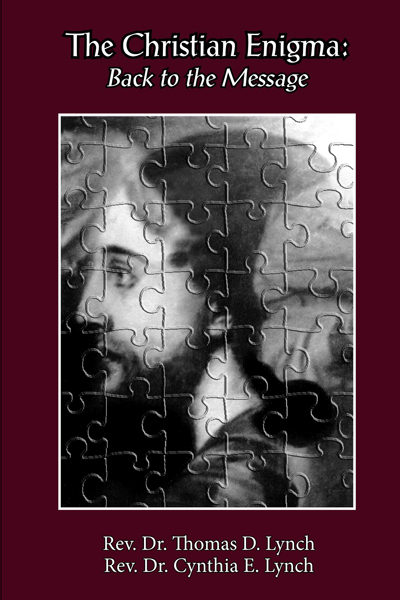Comparative Religion
Religion is a central feature of human life. The vast majority of human beings perceive themselves to be religious. We see many indications of religion every day, and we all know it when we see it, but religion is surprisingly difficult to define or comprehend adequately. This 24-lecture course provides a systematic and comparative framework for understanding the complex and multidimensional nature of religion. It explores the many similarities that link all religions, as well as major differences among many of the world’s religious traditions.
The course unfolds in a logical sequence with different components of religion building on the foundations of previous presentations. Key terms and concepts will be defined throughout the course as the building blocks are put in place.
Beginning with the first presentation, the lectures illustrate and emphasize the importance of self-conscious awareness of one’s presuppositions. We all have worldviews and frames of reference that include many presuppositions about “religion.” These are not necessarily bad or wrong, but they are often limiting. The comparative study of religion helps people learn to expand their categories and ways of thinking about human religious life in a more comprehensive way than most traditions and social contexts present. We will learn hot to ask questions and how to “see with a native eye” in ways many will not have seriously contemplated previously.
The course uses both a structural and comparative approach. The challenges of adequate definitions and explication of 12 major similarities that religions share help establish the value of the comparative approach we will use. Multiple efforts to identify the “origin” of religion by Freud, Durkheim, and others both reveal the inadequacy or limited disciplinary approaches and set the stage for consideration of three broader frameworks introduced by Rudolf Otto, Mircea Eliade, and Wilfred Cantwell Smith. Basic features of their respective contributions will be highlighted and used in various ways throughout the course. For example, Eliade’s model for the ways people assign sacred and profane status to objects, time, place, and people (prophets, sages, saviors, and others) is a valuable resource in the comparative study of religion.
Clarifying the universal roles of symbols facilitates understanding of the various human efforts to know and describe God, gods, the transcendent Ultimate Reality, and so on. Many of those symbols appear in sacred stories or myths (from recreation stories to the accounts of Jesus’s Crucifixion and Resurrection and Muhammad’s night journey to Jerusalem before his ascent into heaven) that provide the framework for religious worldviews, doctrines, and practices. Many of the key sacred stories are preserved in sacred texts of the various religions. They serve identifiable purposes for adherents even as the stories convey vital information about different roles of sacred people, places, times, and objects. Exploring the functional similarities in the context of quite distinct differences and histories of sacred scriptures is illuminating.
Of particular relevance to our study are the distinct but interrelated conceptualizations of divinity among religious people. This element of our course unveils yet another way in which the religions are both strikingly similar and distinctive at the same time.
The critical components of religion that have been introduced and illustrated in earlier presentations are seen to converge in the numerous rituals at the heart of the religions. All religions include various ongoing, repetitive rituals based on the calendar, as well as one-time, lifecycle rituals that mark one’s life journey in the context of the religious worldview. As well, we will see that the central role of sacrifice is manifest in ritual life with three primary interpretations applied within and among the religions.
The key to understanding the nature of the human predicament and the path to overcoming it is another concern that every religion addresses. Although the primary obstacles blocking the path to fulfillment, bliss, or heaven are obviously different in various religions, the structural similarities are compelling. Something is dreadfully wrong. Life in this world is not the way it could or should be. Through divine revelation or the insights of sages, the fundamental predicament is identified and paths to the goals are prescribed for people of faith. Although the religious traditions agree on the existence of a fundamental problem that must be overcome, they differ markedly in the nature of the problem and the descriptions of the desired goals. The religions identify four primary paths for faithful adherents to follow. These four paths, individually and in combination, are practiced in parallel ways in what would seem to be very different religions.
The course concludes with a consideration of two other common elements of the religions: the phenomenon of the mystics within each religion and the institutional structures of religions. The two lectures on these topics should intrigue different people in somewhat different ways. And, combined with the previous 21 lectures, they set up the final presentation, which poses questions and outlines primary options for those seeking to make sense of particularity and distinctive truth claims in the midst of religious diversity and pluralism.

